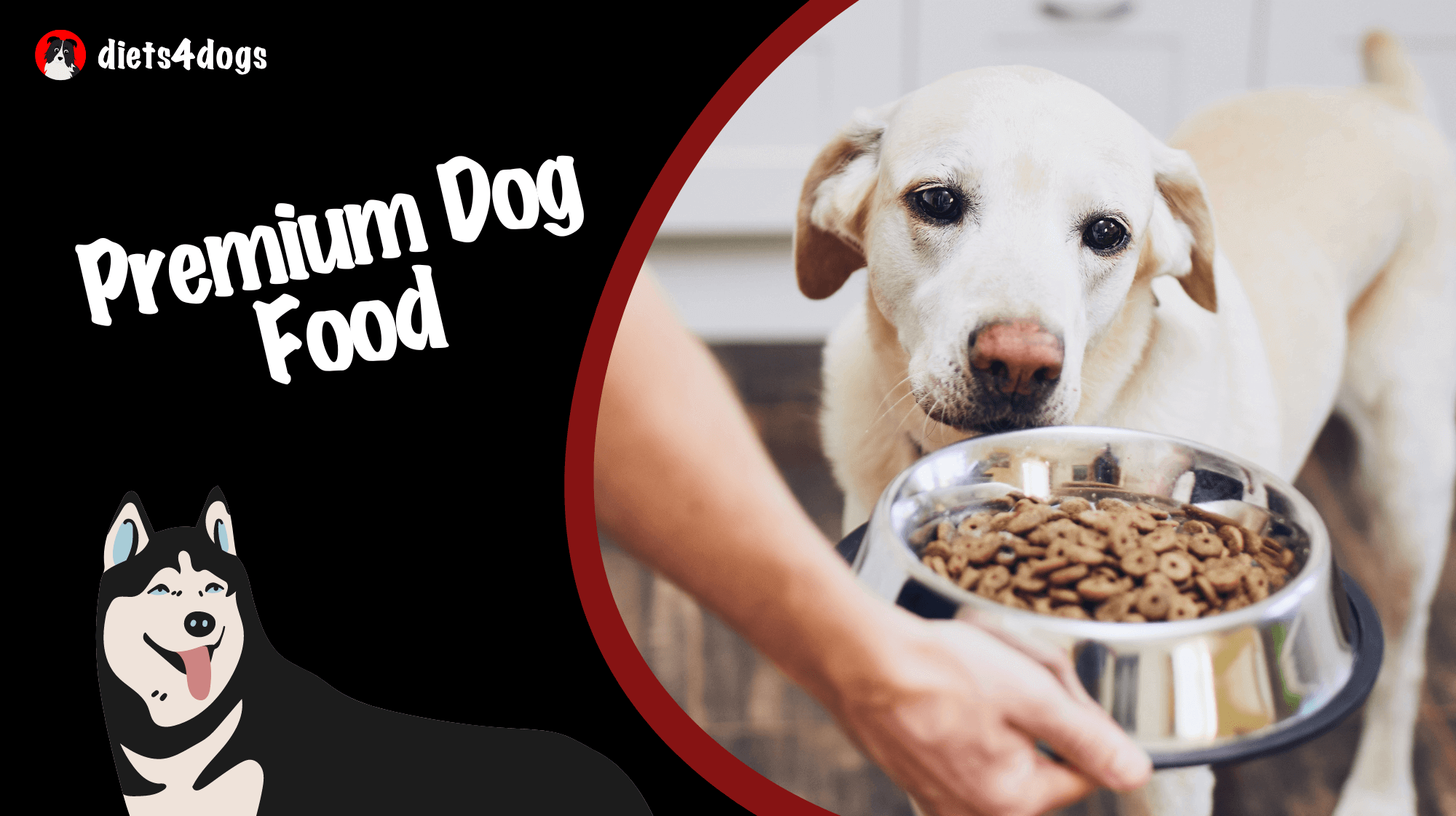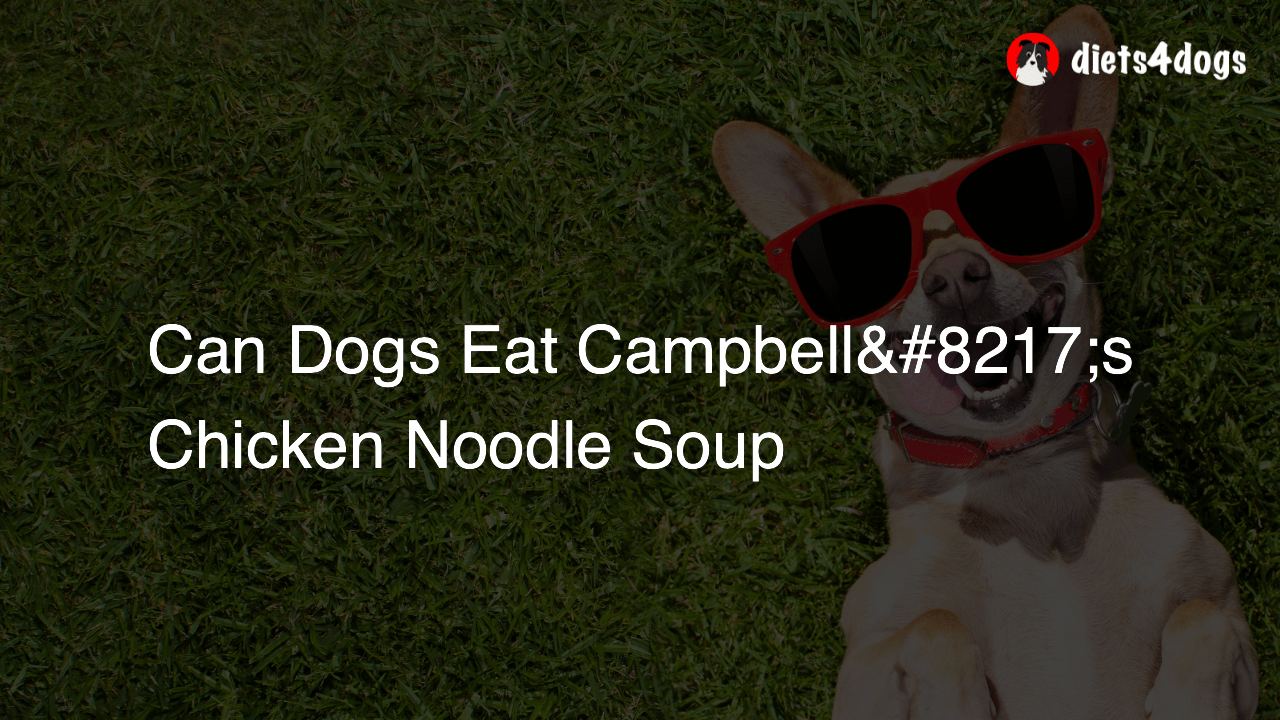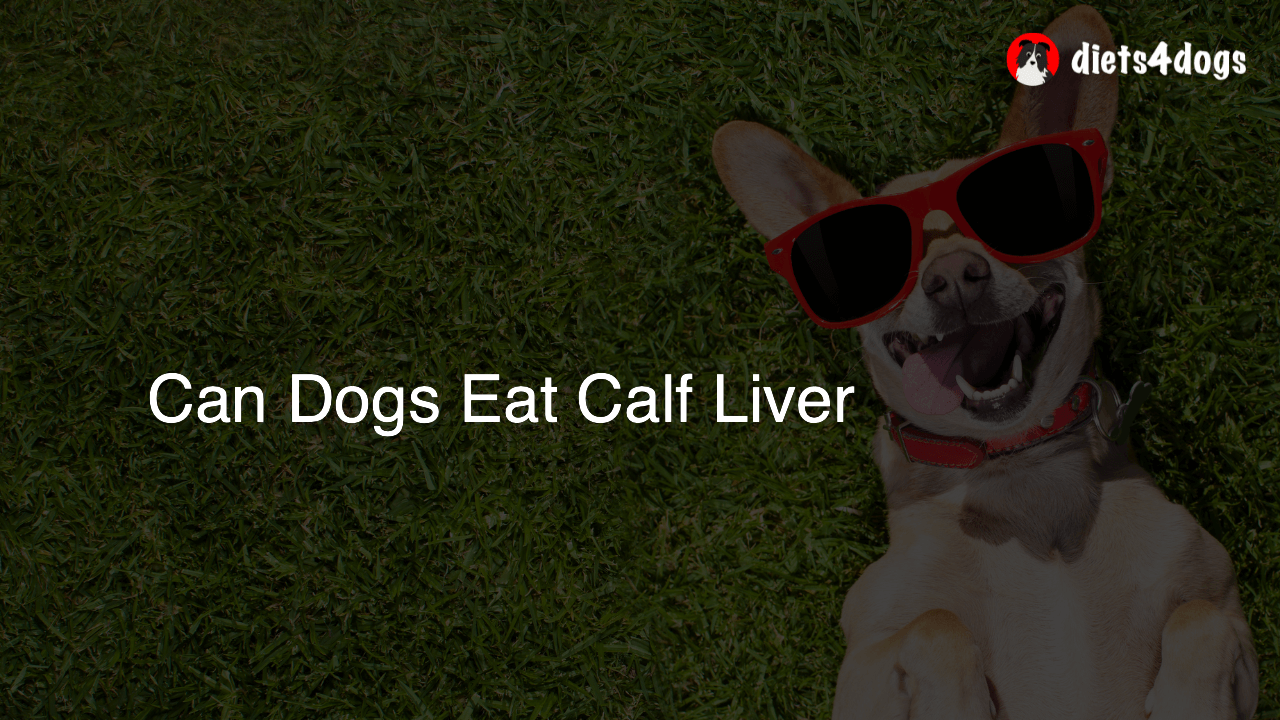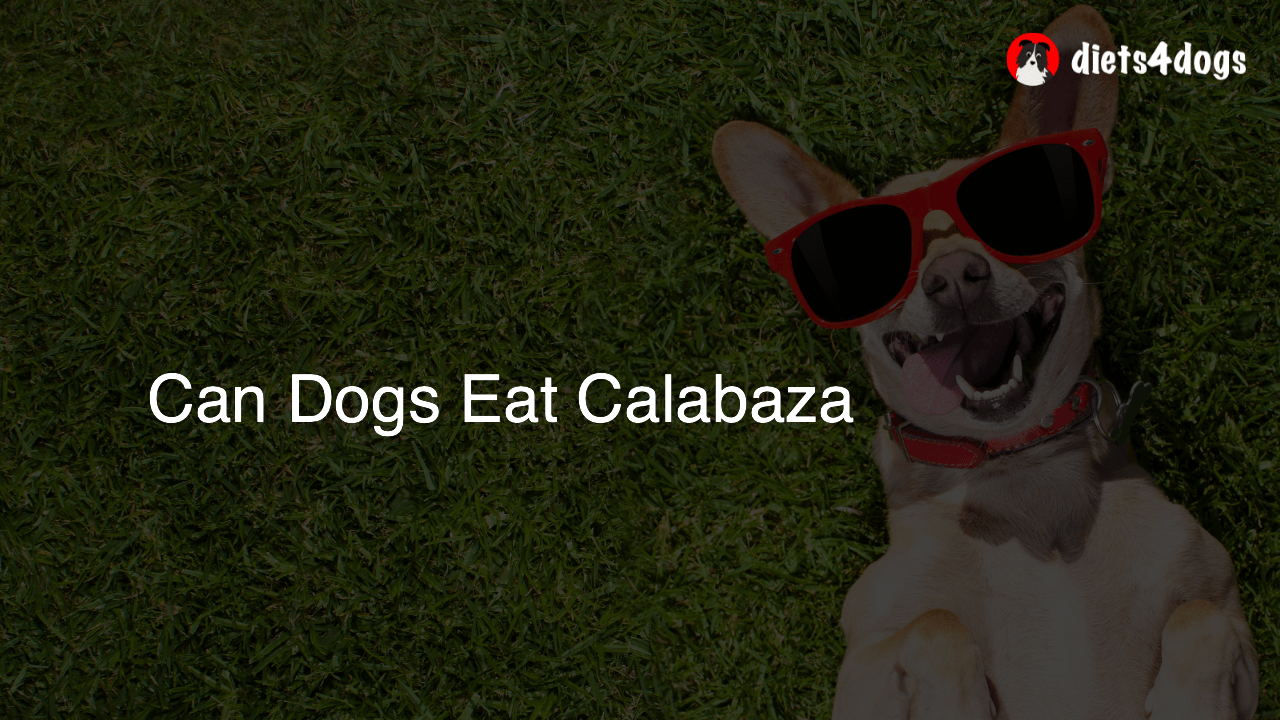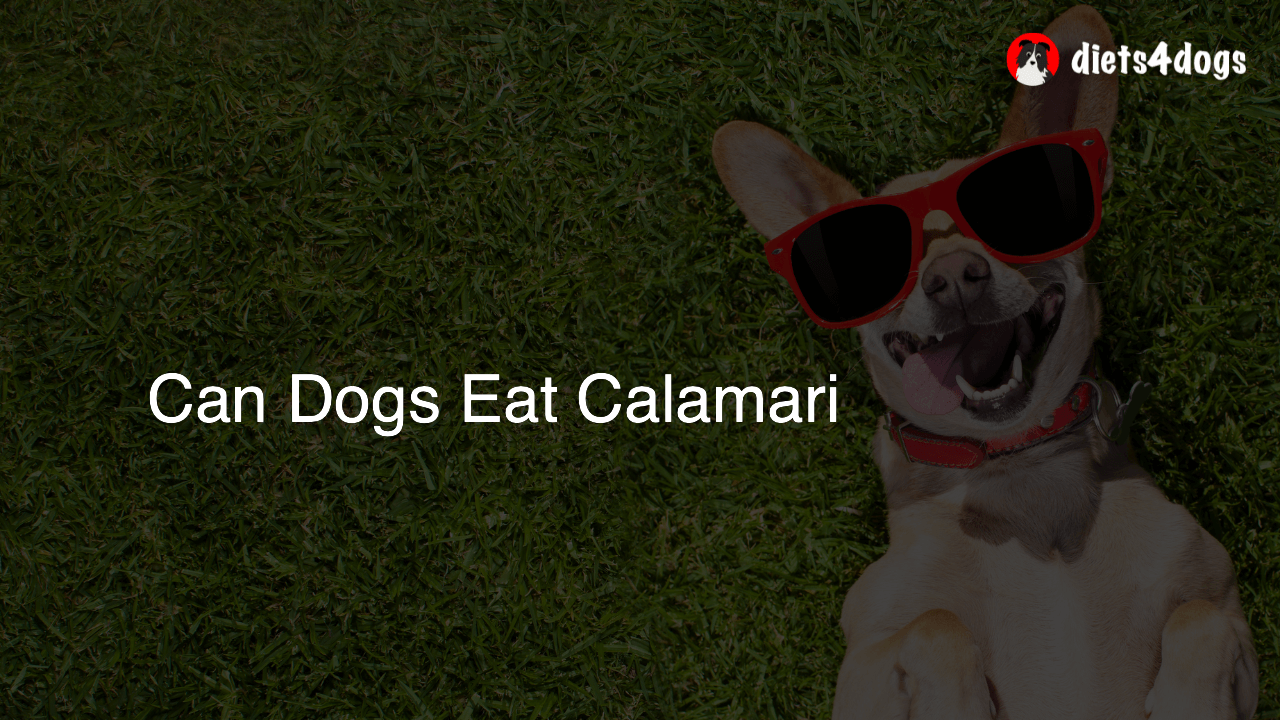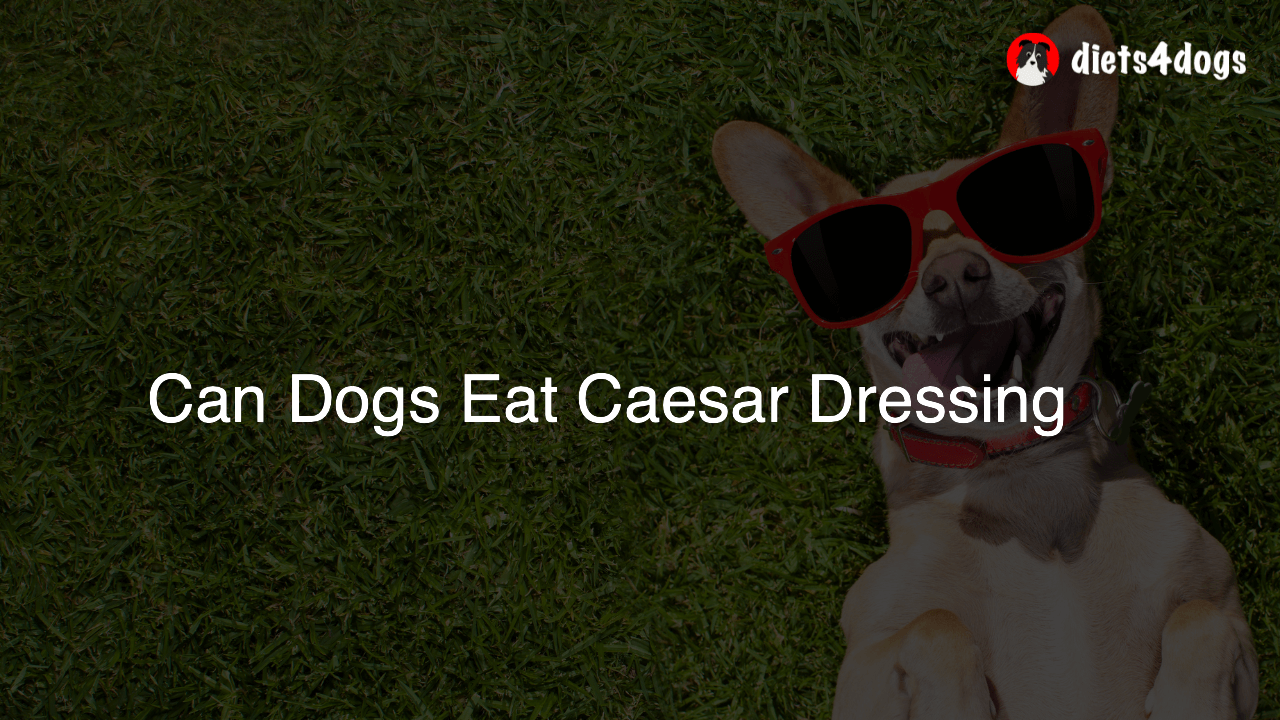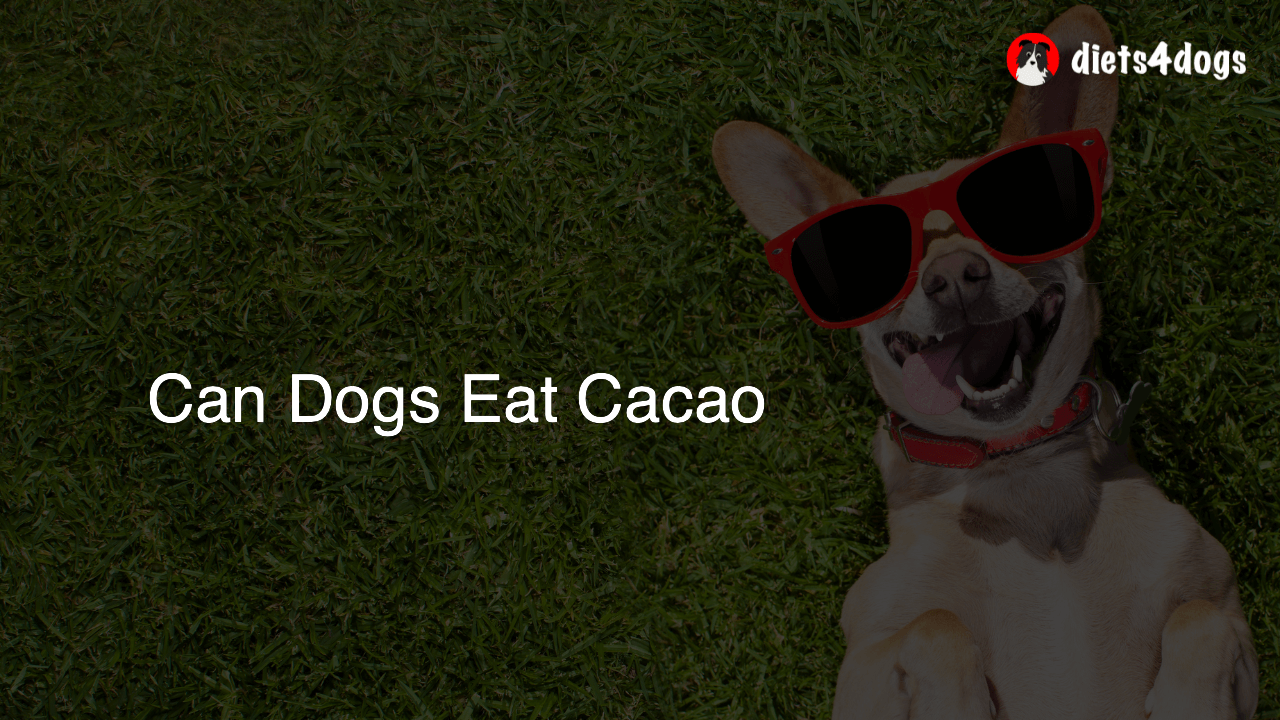Can Dogs Eat Grits
Yes, dogs can eat grits in moderation, provided they are plain and cooked without added salt, butter, or spices. Grits are a good source of carbohydrates and can provide energy for your pet. However, they should not replace or be the main component of their diet, as dogs require a nutritionally balanced diet for optimal health.
Can Dogs Eat Grits
Yes, dogs can eat grits in moderation, provided they are plain and cooked without added salt, butter, or spices. Grits are a good source of carbohydrates and can provide energy for your pet. However, they should not replace or be the main component of their diet, as dogs require a nutritionally balanced diet for optimal health.
Understanding Grits and Their Nutritional Value
Grits are made from ground corn and have been a staple in the diets of many people, particularly in the southern United States, for generations. They are high in carbohydrates, offering energy, and also contain some protein and essential minerals like iron and magnesium. While grits can be a healthy, affordable, and versatile food for humans, it is essential to know if incorporating them into a dog’s diet is safe or beneficial.
Benefits and Potential Risks of Grits for Dogs
Benefits
- Good source of carbohydrates, providing additional energy for active dogs
- Simple and low-cost ingredient, which can be useful during a pet food shortage
- Easy to digest, making it suitable for dogs with sensitive stomachs
Potential Risks
- High in carbohydrates, so excessive consumption may cause weight gain or exacerbate existing health issues in dogs
- Lack of essential nutrients dogs require, such as proper protein content, when used as a main dietary component
- Possible food allergies or sensitivities related to corn in some dogs
How to Safely Incorporate Grits into Your Dog’s Diet
When feeding grits to dogs, always remember it should be served as an occasional treat or snack, not as dog food or a main meal. Here are some tips for safely giving your dog grits:
- Cook the grits plain, without added salt, butter, or spices. Many seasonings and additives can be harmful to dogs, so it is crucial to keep it simple.
- Start with small portions, and always watch your dog for any adverse reactions after introducing new foods. Be on the lookout for symptoms like vomiting, diarrhea, itching, or excessive gas—signs that your dog may be allergic or intolerant to grits.
- Mix grits with dog food to make it more palatable and ensure that your pet is still getting the necessary nutrients for balanced daily nutrition.
- Consider using instant grits as they have a finer texture, which may be more suitable for smaller dog breeds or for making homemade dog treats.
Alternative Grains for Your Dog’s Diet
If you are interested in incorporating grains into your dog’s diet but are unsure about grits or just want more variety, consider some dog-friendly alternatives:
- Brown rice
- Quinoa
- Barley
- Oats
These grains not only provide carbohydrates but also a host of other essential nutrients, vitamins, and minerals that can contribute to a healthy, balanced diet for your dog. As always, consult your veterinarian before making any significant changes to your dog’s diet or introducing new foods.
Homemade Grits Dog Treats
If you’re convinced about letting your dog enjoy grits for a change, why not try making some homemade grits dog treats? By combining grits with some nutritious, dog-friendly ingredients, you can create a tasty and safe snack for your furry friend. Follow this simple recipe:
Grits and Peanut Butter Dog Treats
Ingredients:
- 1 cup cooked instant grits (unseasoned)
- 1 cup whole wheat or oat flour
- 1/2 cup unsweetened peanut butter (make sure it’s xylitol-free)
- 1 large egg
- 1/4 cup water or unsalted bone broth (as needed)
Instructions:
- Preheat your oven to 350°F (175°C) and line a baking sheet with parchment paper.
- In a mixing bowl, combine the cooked grits, flour, peanut butter, and egg.
- Mix the ingredients until you get a dough-like consistency. If the dough is too thick, add water or unsalted bone broth in small increments.
- Roll out the dough to a 1/4-inch thickness on a floured surface and cut into desired shapes using a cookie cutter or knife.
- Place the shaped treats onto the prepared baking sheet and bake for 20-25 minutes or until slightly golden and firm to the touch.
- Allow the treats to cool completely before feeding them to your dog. Store any leftovers in an airtight container for up to two weeks in the refrigerator.
When to Avoid Grits for Dogs
While grits can be an enjoyable snack for dogs when prepared correctly, some situations or conditions may warrant avoiding grits altogether:
- Obesity or weight management issues: Dogs with weight problems should not consume extra carb-rich snacks like grits, as they can contribute to excessive weight gain.
- Diabetes: Dogs with diabetes need to be on a carefully managed diet, and introducing high-carb snacks can disrupt their blood sugar levels.
- Allergies or sensitivities to corn: If your dog has a known allergy or intolerance to corn or corn-based products, it’s best to keep them away from grits.
- High sodium intake: Though plain grits are low in sodium, consuming too much salt can lead to health problems in dogs. Make sure you do not feed them seasoned, high-sodium grits or add extra salt.
If you’re unsure whether to add grits to your dog’s diet, it’s always best to consult your veterinarian.
Conclusion
In conclusion, while grits can be a tasty snack for dogs when appropriately prepared, they should be fed in moderation and not used as a primary food source. Always opt for plain, unseasoned grits, and consult your veterinarian if you have any concerns or questions about your dog’s dietary needs. Remember, a balanced diet is key for your furry friend’s long-term health and wellbeing.
FAQ Section
Here are answers to some frequently asked questions related to feeding grits to dogs. This comprehensive FAQ section aims to address common concerns and help you make informed decisions about incorporating grits into your dog’s diet.
1. Can dogs eat instant grits?
Yes, dogs can eat instant grits as long as they are cooked plain without any added salt, butter, or spices. The texture of instant grits is typically finer, which may be better suited for smaller dog breeds or making homemade dog treats.
2. How often can dogs eat grits?
Dogs should only eat grits occasionally as a treat or snack, not as a main component of their diet. Always prioritize a balanced dog food that meets their daily nutritional needs.
3. Are grits good for dogs with digestive issues?
Grits can be easy to digest for dogs, making them suitable for dogs with sensitive stomachs. However, always introduce new foods to your dog’s diet slowly and watch for any adverse reactions.
4. Can grits cause allergies in dogs?
Some dogs may have an allergy or sensitivity to corn or corn-based products, which can cause adverse reactions when consuming grits. Always monitor your dog after introducing a new food for any signs of allergies or sensitivities.
5. Can puppies eat grits?
Puppies can consume grits in moderation as long as they are introduced slowly and fed alongside a nutritionally balanced puppy food. Be cautious about portion sizes and opt for instant grits with a finer texture when feeding puppies.
6. Can dogs eat flavored grits?
It’s essential to avoid feeding dogs flavored grits, as many seasonings and additives can be harmful to them. Always serve plain, cooked grits without any added salt, butter, or spices.
7. Is cornmeal the same as grits? Can dogs eat cornmeal?
While both cornmeal and grits are made from corn, they have different textures and preparations. Dogs can eat cornmeal as long as it’s cooked and served plain. However, cornmeal is a finer grain, which may have different culinary applications than grits.
8. Can dogs eat polenta?
Polenta is another corn-based dish that dogs can eat in moderation, as long as it is cooked without added salt, butter, or spices. Like grits, it should be served as an occasional snack alongside a balanced dog food.
9. Can feeding dogs grits worsen or cause health issues?
Excessive consumption of grits, which are high in carbohydrates, can cause weight gain or exacerbate existing health issues in dogs, such as obesity or diabetes. Always feed grits in moderation and prioritize a balanced diet for your pet.
10. Can dogs eat grits with cheese or other toppings?
It’s best to avoid feeding dogs grits with cheese or other toppings, as many added ingredients can be harmful to dogs. Serve grits plain and cooked without any added salt, butter, or spices to ensure your dog is consuming a safe treat.


